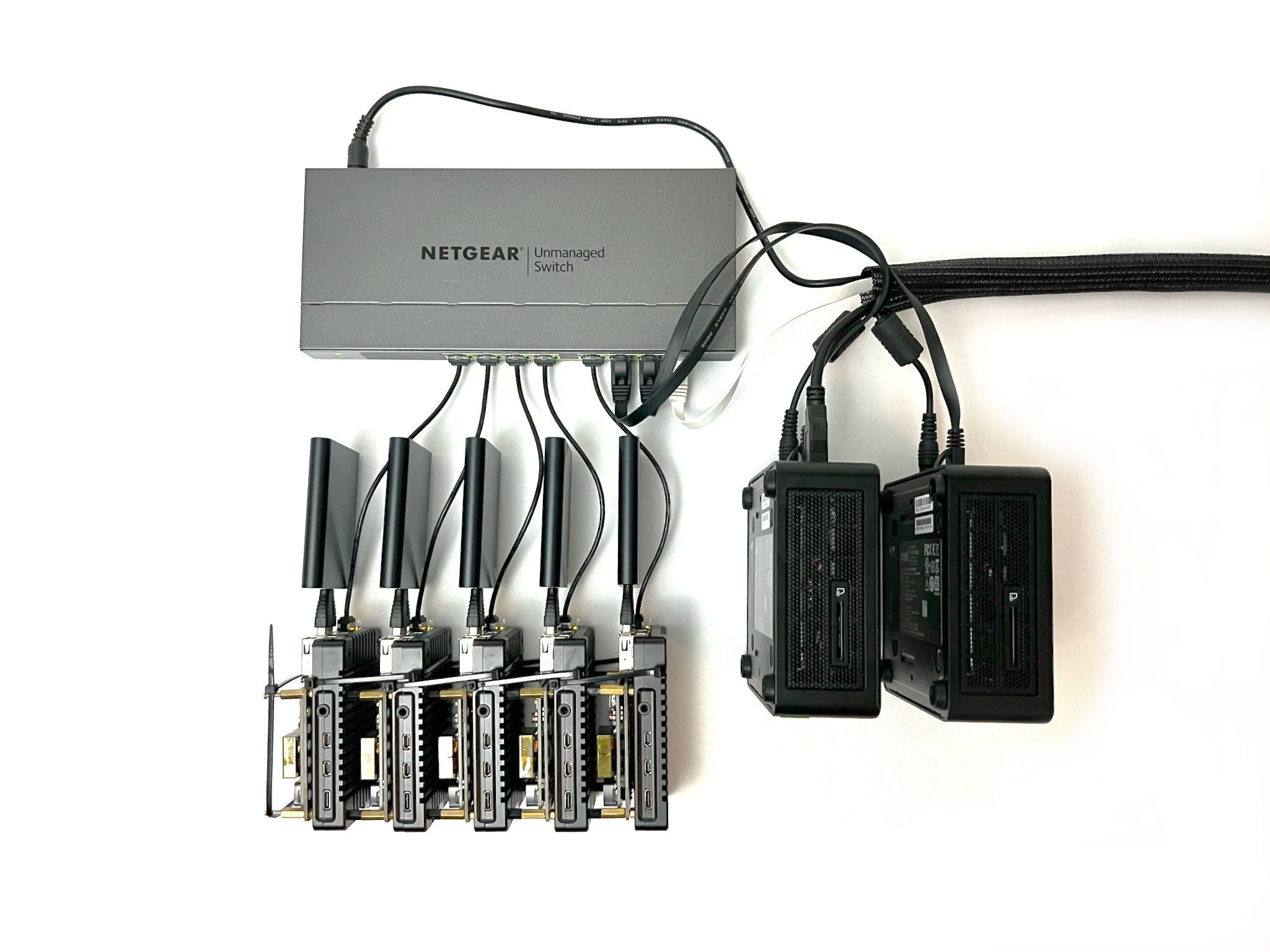A 30,000-Foot View of a HAB Node
What is a Highly Available Bitcoin Node all about?

Background
A basic premise for Bitcoin node architecture is “It is paramount to keep nodes as cheap as possible for as long as possible while scaling Bitcoin to ensure decentralization”. This architecture was fought for and was won in the block size wars by #UASF. And it is first-principle important: aggressively expanding needed L1 resources precludes Layer X availability/privacy/sovereignty for those priced out of L1.
Now, it is becoming abundantly clear: higher layers will be liquidity streams. Not promises of a check once a month… actual, by-the-second, 24/365, bidirectional streams of sats.
For the pleb, this will be wages; how we put food on the table.
Problem
So we will soon have a new problem for the base layer node: L1 downtime for an ever expanding income generating app ecosystem will begin to mean either sacrifices to liquidity (aka, food on the table) or sacrifices to privacy/sovereignty.
Both are intolerable.
Not to mention that downtime for any one node, say a raspberry pi + hard drive, might mean re-syncing the entire blockchain after replacing a hard drive, potentially weeks of lost income. But it gets worse still: What if downtime is not from hard drive failure, but from zero-days in Bitcoin Core itself? Then what do all the single node operating, non-technical plebs do?
Well, then we could really be in trouble.
Legacy Solution
What is needed is the ability to diversify away Bitcoin version/implementation risk, hardware failure risk, networking risk, power risk, and a slew of other choke-points also putting our nodes at risk—because that is the root issue: single points of failure in the node itself. The good news is that this is not a new problem. This is a perennial problem for all server architecture. All servers have to eliminate single points of failure to keep uptime as high as possible. And many lessons have been learned over the years.
Today, there is a robust and battle tested solution: Clustering + Containerization + Orchestration. Use light VMs on a cluster of distributed computers, and software orchestration to ‘move’ those VMs around the cluster according to availability. Let’s state that cleanly for the uninitialized: Clustering + Containerization + Orchestration allows a software abstraction layer for hardware and software, alike. It effectively divorces software from hardware and software.
Bye bye, single points of failure.
The industry-leading project built explicitly to do this is Kubernetes (aka k8s) which has 100,000+ commits, 3000+ contributors, 10+ years of experience to draw from, and yes, it's FOSS. K8s doesn’t get a lot of rep outside of niche DevOps/SRE discussions, so, let us put it in terms digestible for all Bitcoiners: K8s presently defends more in legacy value than Bitcoin does in new value… Trillions (with a “T”) more.
Practically speaking, it’s likely that you are reading this because of k8s somewhere in the stack of infrastructure delivering you this information.
The Cloud is Kubernetes.
Our Solution
Let’s bring it back to Bitcoin nodes:
- Because cheap nodes won in the block wars,
- It’s inexpensive to run one full node ($200 SBC + $100 SSD), and
- It’s still cheaper to run many nodes than to buy an Apple MacBook ($300 * 3
< ~$1k).

- Which means, pleb-run Bitcoin Node architecture is eligible to implement nodes with battle tested, clustered, industry leading k8s to make said pleb nodes highly fault-tolerant micro clouds. Solving the issue of higher layer liquidity events far in advance of the coming need to do so.
Caveats: k8s is not easy. Computers pushing computers around computer networks while themselves also being pushed around said networks is mind-boggling; attack surface multiplication is real. Lose of funds may happen. Caveat Emptor.
But, trillions in legacy value makes this trade every day; k8s problems have repeatable, best-practice solutions. The upside for us is that we get industrially defended pleb nodes, impervious to downtime, and resistant to liquidity events.
Economic Node Maximalism
To be explicitly clear: using k8s, a Bitcoin node could run on an RPi, a NUC, and any other Linux capable device, all orchestrated together, in different locations, and controlled by one pleb. If one host is compromised, the Bitcoin node continues on unabated for the pleb.
That last sentence should be very familiar to anyone who has been around Bitcoin for a minute, for it is fundamental to robust key management:
Single Sig Tx : Multisig :: Single Bitcoin Node : HAB Node
Rubber hits the road time, is this doable?
Yes. It’s done.
And this project is proof positive that it works, explains why you should do it to, and shows you how.